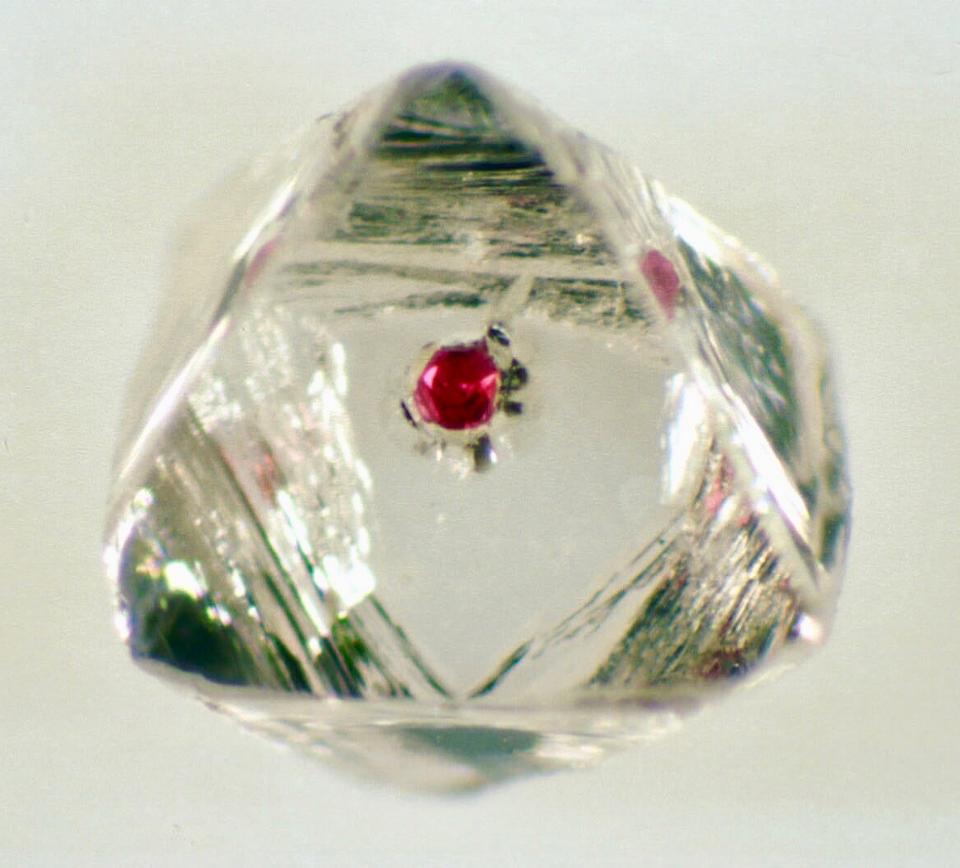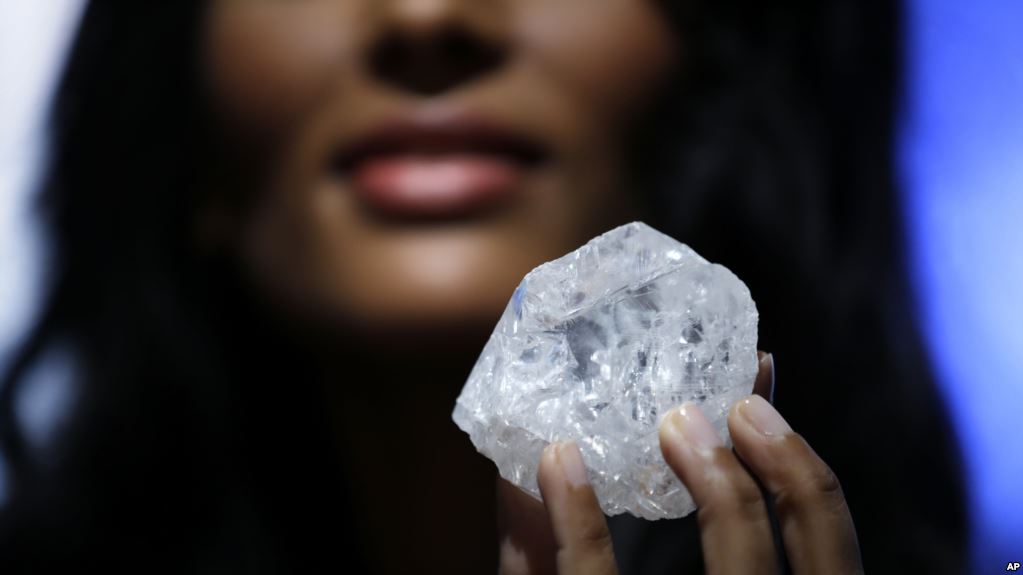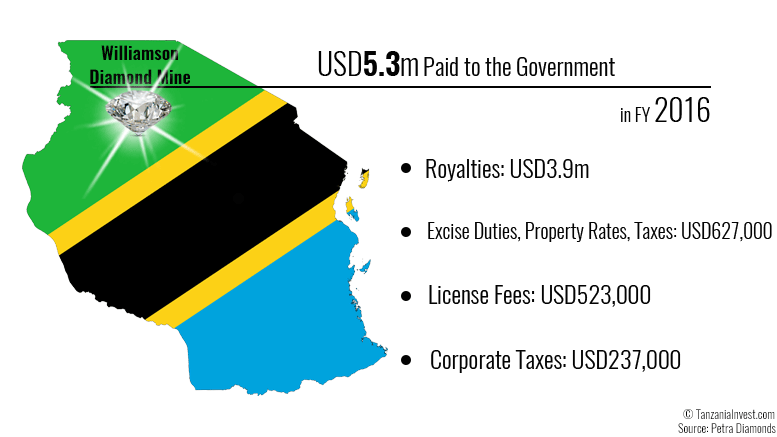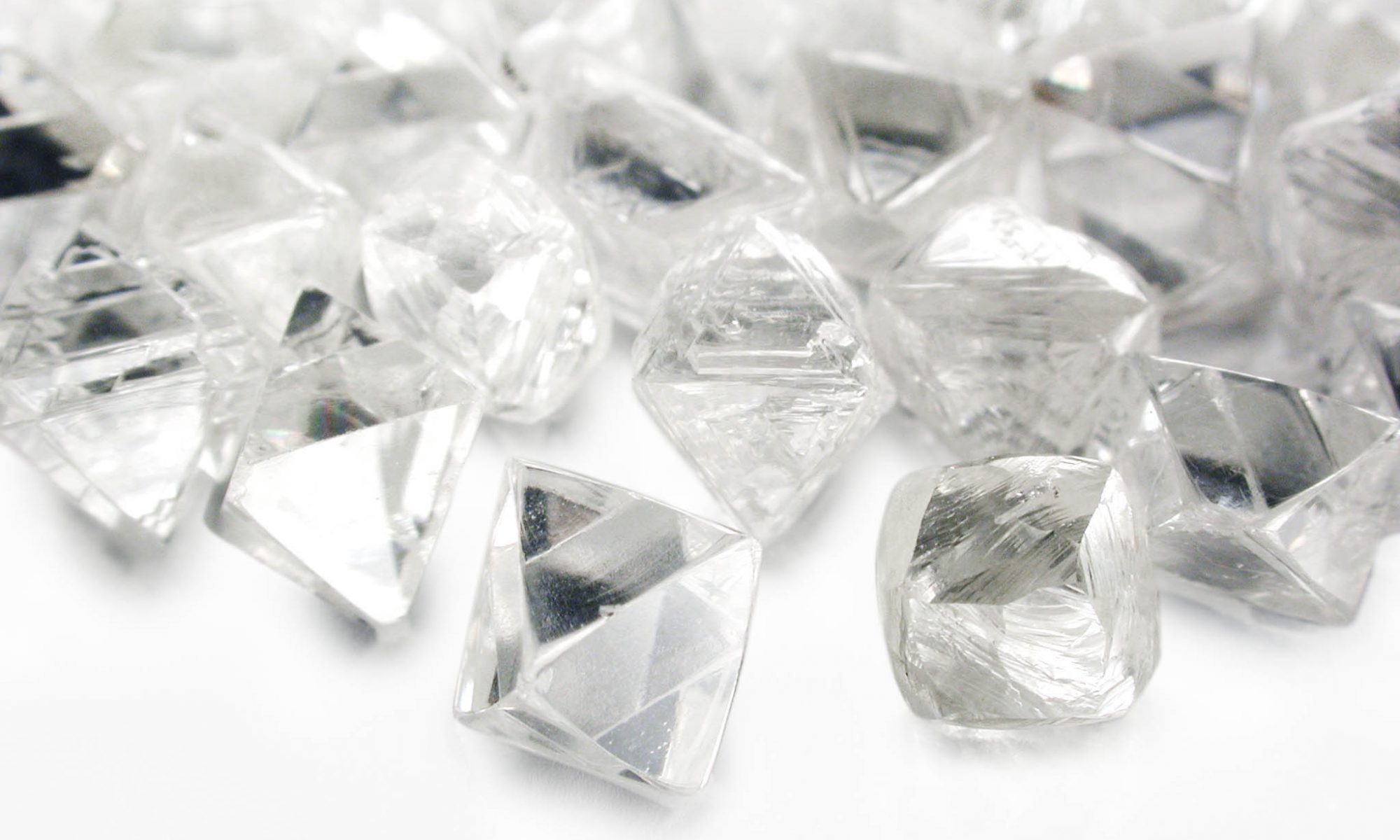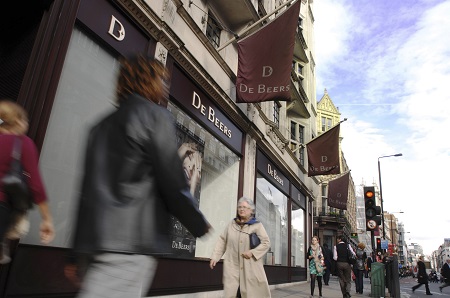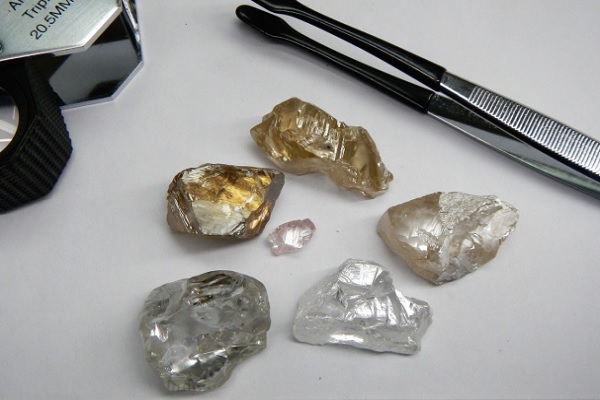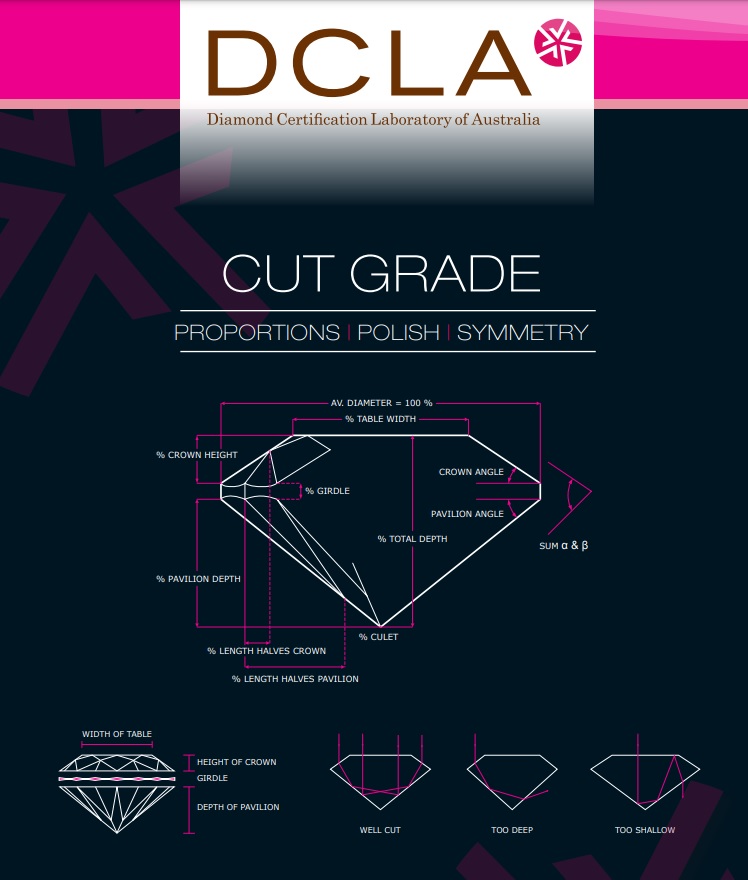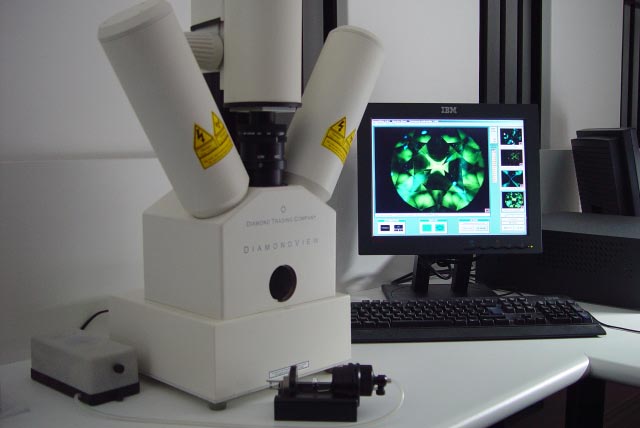Geologists have discovered what they refer to as young diamonds, after analyzing a number of rough diamonds.
It now appears the creation of rough diamonds, may have occurred later in the Earth’s history than was previously thought. Diamond requires extreme temperatures and pressures to form. Geologists though these conditions only existed in the early formation of Earth.
Small impurities in the diamonds could indicate the conditions in which they are formed. So 26 diamonds donated by the De Beers Group where analyzed by a research team in Amsterdam.
Sm-Nd isotope techniques are used by researchers to analyzed the sampled garnet inclusions, Which are a common mineral found in Earth’s mantle and sometimes within the diamonds.
The scientists discovered two sets of diamonds, one of Archaean age 2.95 billion years old thought to be the original source of the diamonds. And then surprisingly the other of Proterozoic age 1.15 billion years old.
The world’s second largest 1,109 carat rough diamond discovered two years ago, has prompted the Botswana government to amend the law giving it first option to buy unusually large diamonds.
Botswana’s success has been due to the rough diamond mines.
An official told a local newspaper that it referred to stones that were unusually large, were particularly clear or had a rare colour.
The price will agreed between the government and the producer, both parties with the current market price of the rough stones.
The Tanzanian governments confrontational approach to miners operating in the country including Petra Diamonds, has led to Petra suspending operations at its mine.
The Tanzanian government seized a shipment of rough diamonds belonging to Petra. They also question and held a number of staff in the latest assault on the African country’s mining sector.
This includes the concentrate exports ban and the non repayment of value added tax.
A US slowdown in demand for polished diamonds is gradually building up inventories at Indian jewellery manufacturing companies, leading to a decline in diamond prices by as much as seven percent this month.
The US usually orders bulk for the holiday season, but this year the volumes are down.
Inventories have started piling up at the manufacturing units. It will become a matter of worry if this continues for long. We do not expect manufacturing activities to be cut down due to this slowdown in export markets. Manufacturing companies may reduce rough purchases.
Diamond markets in Belgium and Israel are also quiet. Rough diamond trading has slowed.
De Beers marketing spend this years is more than $140 million, This is the biggest De Beers push in a decade.
The marketing will focus on increasing consumer demand for diamond jewellery in US, China and Indian markets.
The De Beers brands, Forevermark and De Beers Diamond Jewellers. Will receive the most funding, But Debeers will also increase its contributions to the Diamond Producers Association and India’s Gem & Jewellery Export Promotion Council.
Stephen Lussier, De Beers’ executive vice president of marketing and CEO of Forevermark. Said the consumer expenditure for diamond jewellery over the past five years collectively has been the highest on record. and this made the outlook positive.
Lucapa Diamond Company announced Thursday it has recovered seven stones exceeding 50 carats at its Lulo mine in Angola, including two type IIa stones.
The two IIa stones weigh 68 carats and 83 carats. All seven rough diamonds scheduled to sell in September as part of the next parcel marketed by Sociedade Mineira Do Lulo the mining company in which Lucapa has a 40% stake.
The large diamond finds come from Lulo’s block 8, at which Lucapa recently resumed operations at the end of the wet season.
This area is known for yielding large diamonds, including Angola’s 404 carat rough diamond which is the biggest recorded and sold for $16 million.
There are a number of ways to verify that your diamond matches the diamond certificate it is purchased with. If you purchased a diamond that is laser inscribed, ask your jeweller to show you the laser inscription under magnification. This way, you will always be able to identify the diamond as your own.
DCLA also performs a verification service, for both DCLA certified diamonds and for diamonds certified by other internationally recognised laboratories. Bring or send your diamond, together with the diamond grading certificate, to the DCLA laboratory and the diamond will be conclusively matched against the certificate. DCLA can then cold laser inscribe the diamond with either the diamond grading certificate number, or with a personalised message.
A diamond valuation is only done once the diamond has been set in the ring. Inclusions are hidden, colour is obscured, carat weight and measurements have to be estimated. This makes it impossible to determine the exact characteristics (4 C’s) of the diamond and consequently the “valuation” can be significantly different to the actual value. In fact most valuations have the following disclaimer: “Gemstones have not been removed from settings for accurate assessment, all grades and weights are approximate.” Often these insurance valuations are used as selling tools by jewellers; for example, when selling a diamond ring for $10 000 a jeweller may present a valuation for $15 000. The customer will think he is getting a very good deal, however the diamond ring had never ever been sold at that value.
You can have your certified diamond sealed in a DCLA Certicard ® Seal which will provide a further safeguard against your stone being substituted. The seal has a number of security features including electrostatic security bars, pressure-sensitive transparent adhesive and Cryptoprint® text which becomes visible after opening the seal. It is therefore very difficult to tamper with the seal. This sealing will also protect your diamond against damage and dirt.
The DCLA uses the latest equipment and technology to detect and conclusively identify treated diamonds, synthetic diamonds, and fake diamond simulants. All diamonds that are submitted for grading to the DCLA laboratory are screened for treatment and authenticity. Diamonds that require further testing are then examined and tested on advanced equipment to conclusively determine their authenticity.
